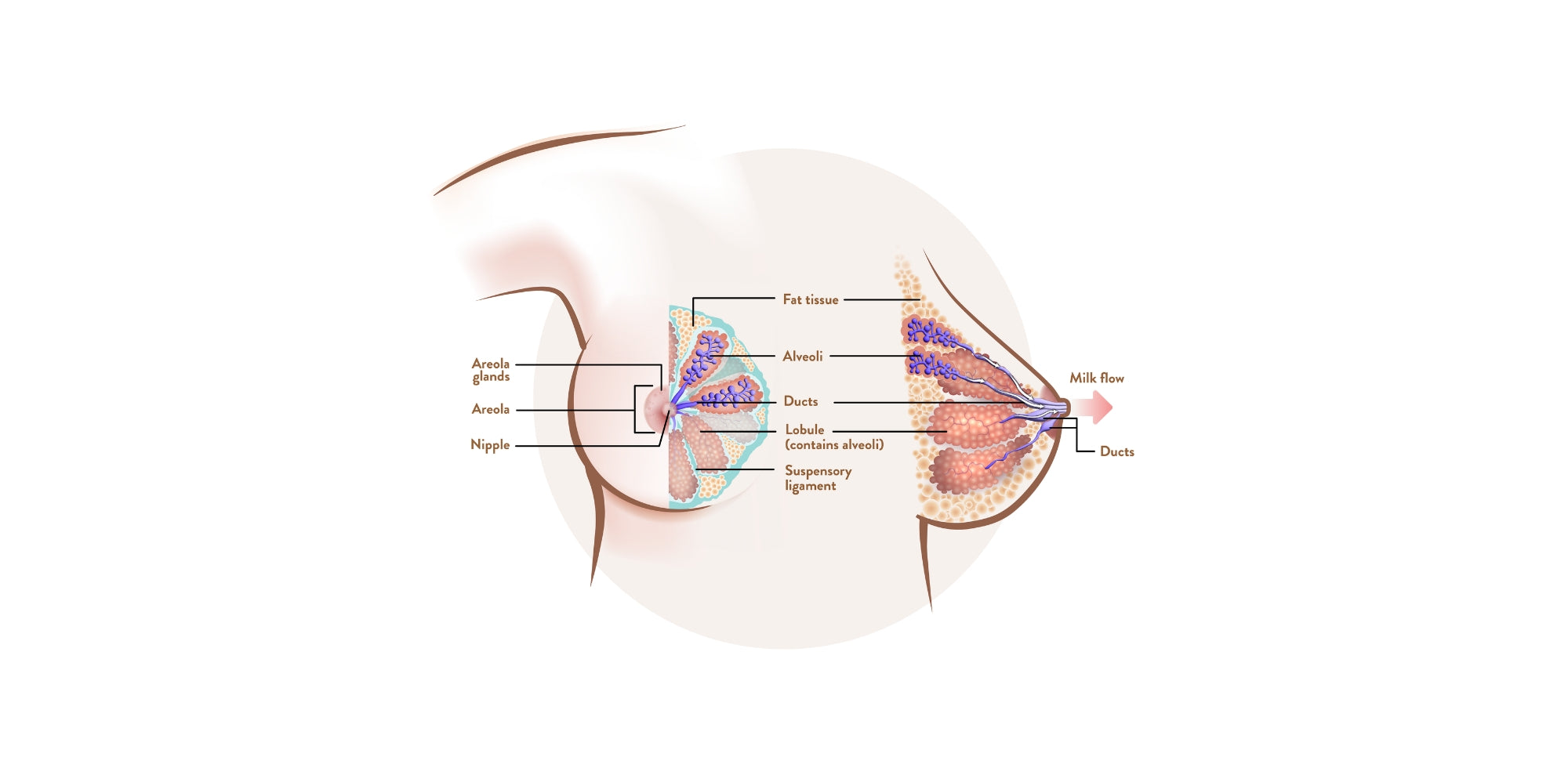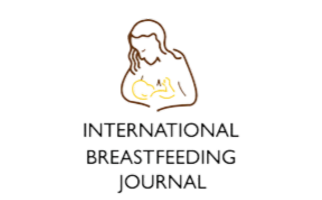
If your baby is very fussy, producing lots of wet and dirty nappies, and your breasts feel full more often than not, you might be wondering if you have a breast milk oversupply.
What are the signs of breast milk oversupply?
In the first six weeks after birth, many mamas experience breast milk oversupply, which is when their bodies make more milk than their baby needs. This is actually normal, and your supply will usually settle down to match your baby’s requirements. That means, for many mamas, oversupply is a temporary problem – hooray! But some mamas find themselves with an overabundant milk supply beyond those first weeks, which can be frustrating, uncomfortable and downright upsetting. Signs of breast milk oversupply after the first six weeks include:
- Your breasts fill up quickly and feel lumpy or tight, even after a feed.
- Your baby gags, gulps or coughs at the start of the feed because the flow of milk is so strong and abundant. This is how oversupply can sometimes lead to breast refusal.
- Your baby will often not take the second breast.
- Your baby has more than the usual number of wet nappies, and poos a lot too. The poo might be green and frothy and maybe even ‘explosive’.
- Your baby cries a lot between feeds and seems to have a tummy ache or wind.
- Your baby has rapid weight gain.
What causes breast milk oversupply?
The amount of milk our bodies make is determined by demand. If a lot of milk leaves our breasts, whether via feeding or expressing, they get the message to keep making lots more. So, mamas who time feeds, express on top of their regular feeds or have a baby who wants to suck a lot for comfort may end up with an oversupply. Prolonged use of a silicone milk collector, medication or herbal remedies designed to increase milk supply when they’re not needed (‘just in case’) can also lead to an oversupply.
Of course, our bodies are all unique and work in slightly different ways, and some mamas just happen to make more milk than others. While it’s not known exactly how many mamas experience oversupply, as midwife, nurse and lactation consultant Kate Visser explains, “a true oversupply is rarer than we think it is, and it doesn’t happen very often. There’s more often an issue around babies feeding well, and mums really need good support with what a good breastfeed looks like.”
Because the signs and symptoms of various breastfeeding issues can be very similar, sometimes it’s hard for mamas to know what on earth is going on! If you suspect you have oversupply, get in touch with a lactation consultant for a professional diagnosis. A mistaken self-diagnosis of oversupply can lead to the opposite problem – low milk supply – if a mama takes action to reduce her supply when it’s actually within the normal range.
What can you do to decrease your milk supply?
While it can feel like breast milk oversupply is a never-ending problem, the good news is that it can often be managed with simple measures.
- Experiment with different breastfeeding positions. Leaning or lying back can help your baby better control the flow. Side-lying positions in bed can be helpful, too.
- Think about your let-down. Some mamas with oversupply struggle with their let-downs because their breasts are so engorged. In these cases, a very gentle breast massage with a warmed Lactamo can provide the right amount of stimulation to encourage a let-down. “Breast massage can be extremely beneficial if you experience engorgement or oversupply,” says midwife and nurse Caitlin Murphy. On the flip side, some mamas find their let-down is too strong. Hand expressing a little milk before a feed can make the flow easier for your baby to cope with.
- Consider your feeding pattern. There are several feeding patterns mamas with oversupply can try to reduce their supply. Raisingchildren.net.au suggests letting your baby feed from one breast for as long as they like, making sure the breast feels well-drained before offering the second one. A lactation consultant can devise an individualised feeding plan that works for you and your baby.
- Make sure you’re comfortable. If oversupply is making you uncomfortable, by all means, hand express a little milk to ease the pressure. But make sure you don’t express more than you need to, as it will just encourage your breasts to produce more milk.
- Use a breast pad or a cloth to catch leaking milk rather than a silicone milk collector. Silicone milk collectors use negative pressure, drawing out more milk than just the let-down; using a cloth to catch the excess doesn’t stimulate more milk production.
- Manage your risk of milk stasis. Mamas with oversupply are at greater risk of milk stasis, where milk builds up in the breast, which can lead to blocked ducts and mastitis. Midwife, nurse and lactation consultant Kate Visser says that gentle breast massage with a Lactamo can help break the milk up and send it in the right direction, as well as provide relief for sore spots.
If you have breast milk oversupply, you might be more likely to experience engorgement, blocked milk ducts and mastitis. The Australian Breastfeeding Association recommends keeping an eye out for these issues and treating them immediately if they occur.
How to use Lactamo to manage breast milk oversupply
Learn more about how to use Lactamo to manage oversupply.










